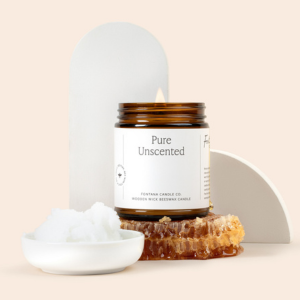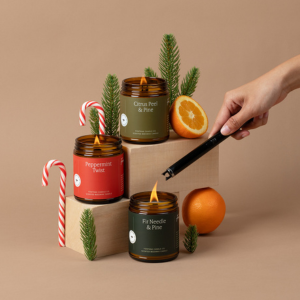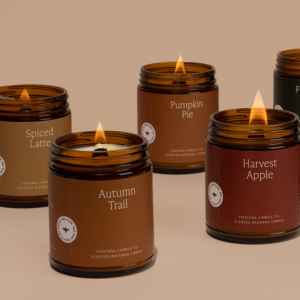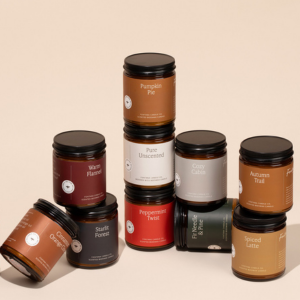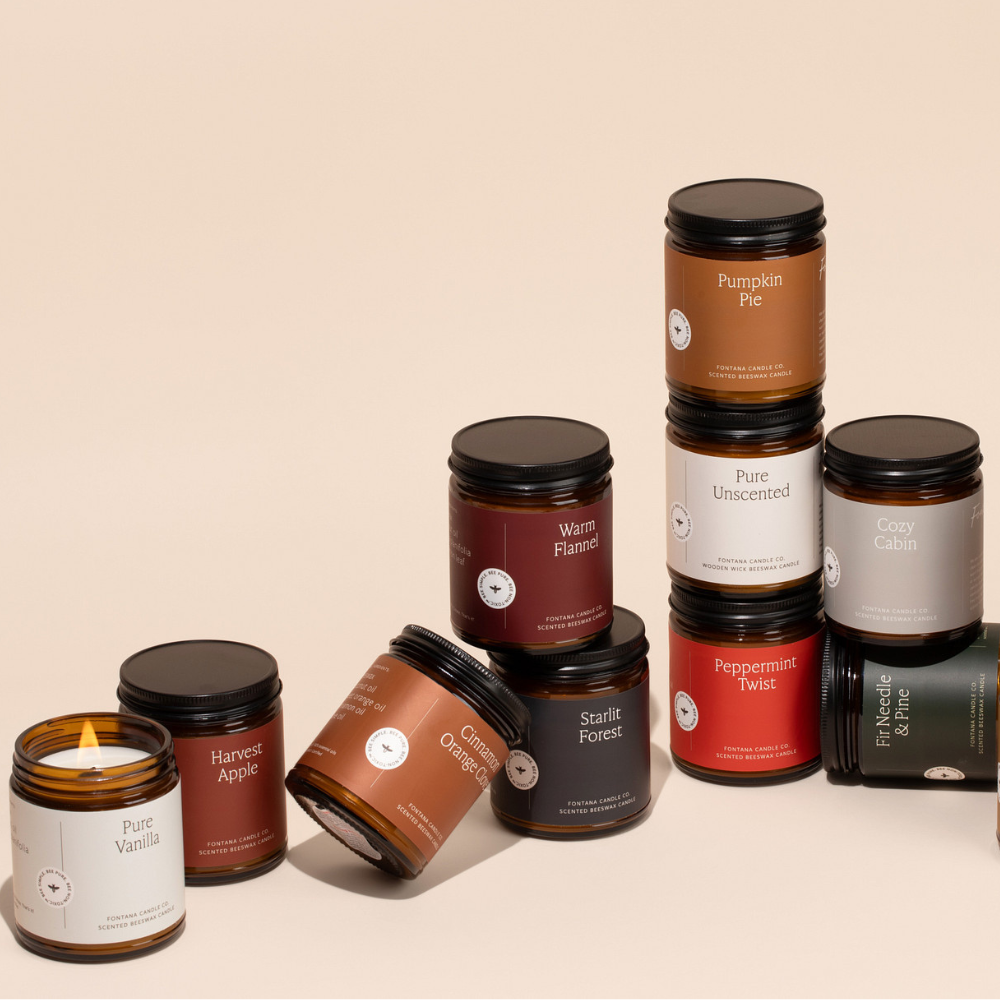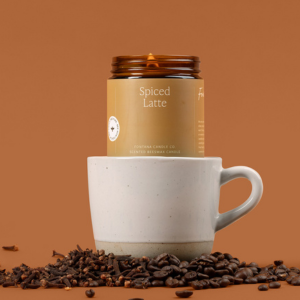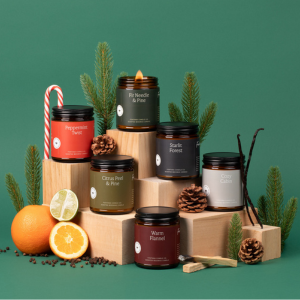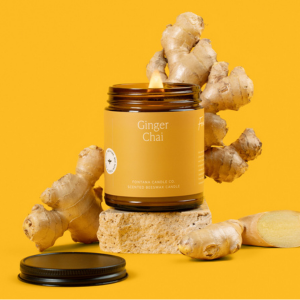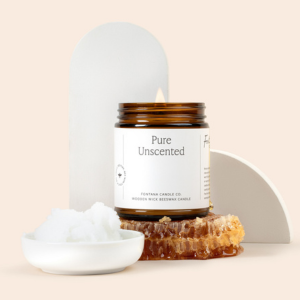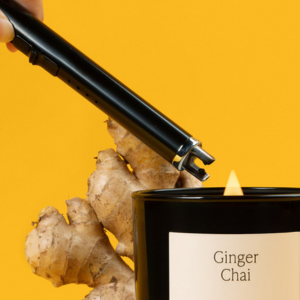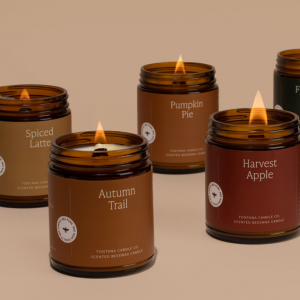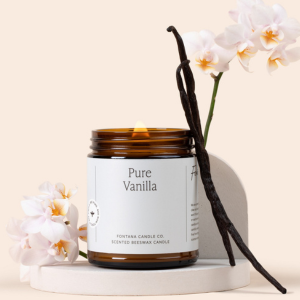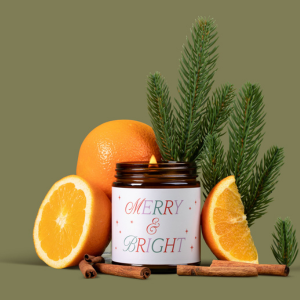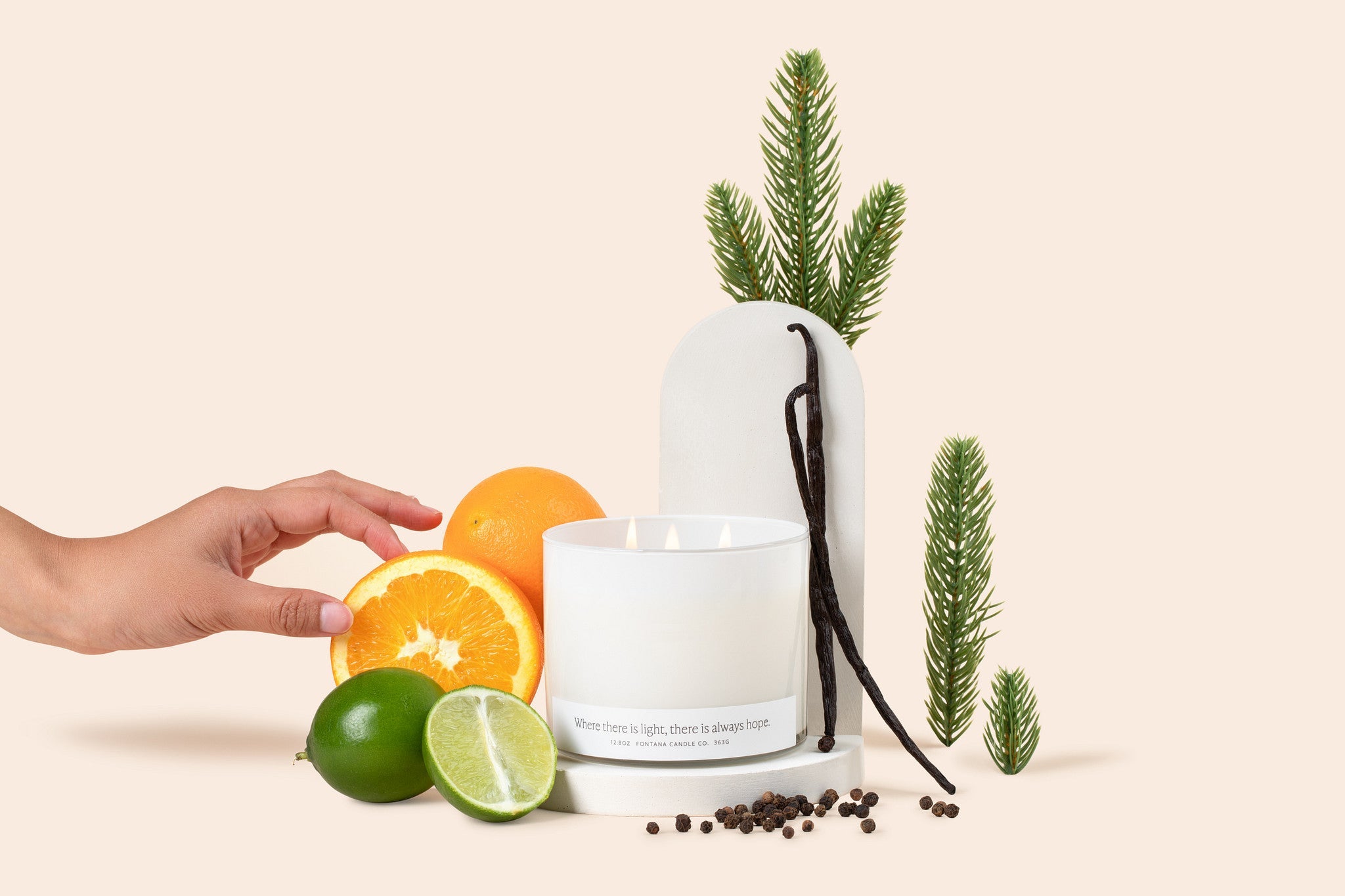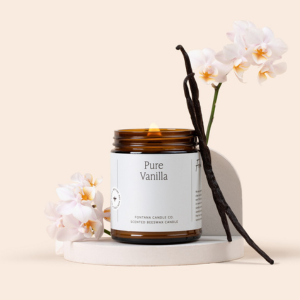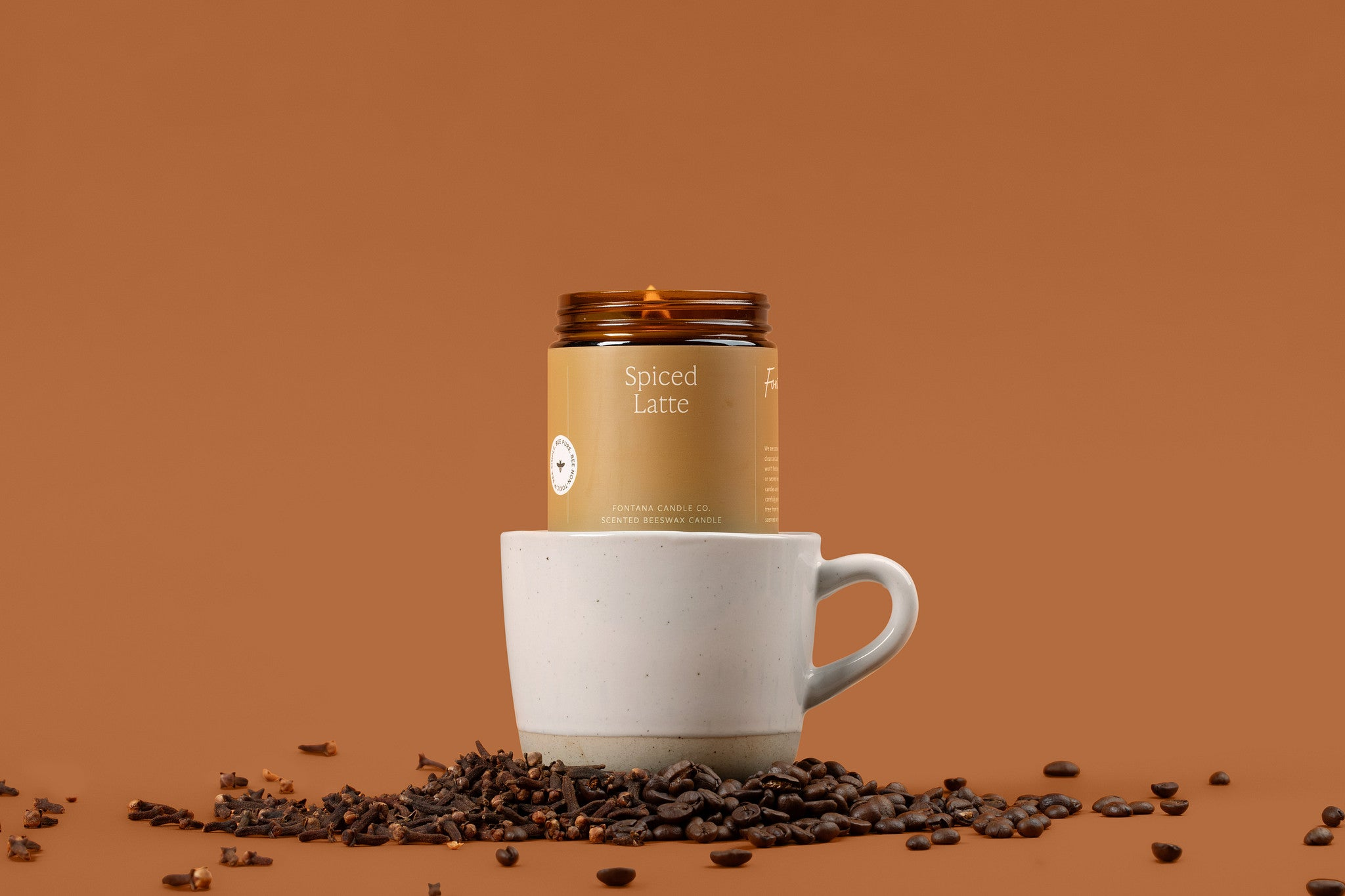Ingredients to Avoid in Bar Soap

Did you see the news?
Fontana has launched a Soap & Renew Bar Soap Collection!
Why? Because most store-bought bar soaps have harmful ingredients in them, even if they are advertised as “natural” or for “sensitive skin”. When used on a daily basis, these harmful ingredients, can contribute to toxic overload.
What harmful ingredients can you find in common brands of bar soap (and that you won’t find in ours?):

- Parabens are a common preservative in soap. They also cause skin irritation, hormone disruption, affect fertility and reproductive organs, and increase the risk of multiple types of cancer.
- Fragrance, especially artificial and undisclosed fragrance! When a product lists “fragrance”, “perfume”, or “natural fragrance” in their ingredient list, they aren’t required to give any additional information about what chemicals are in the fragrance. Most of these fragrance chemicals are also petroleum-based, like phthalates, DEHP, and Styrene. Fragrance is listed as a risk level 8 in EWG’s Skin Deep product verification, as it is known to cause allergies, dermatitis, respiratory distress, potentially affect the reproductive system, and disrupt hormones.
- Triclosan and Triclocarban are ingredients often used in soap for their antibacterial properties. Unfortunately they also cause lung, ear, and eye irritation, as well as thyroid hormone imbalance, reproductive toxicity, and disruption of the endocrine system. These antibacterial agents are also linked to bacterial resistance and weakening of the natural immune system when used regularly and are flagged as probable carcinogens.
- Sodium Lauryl Sulfate (SLS) is a foaming agent that many brands use so their soap lathers well. It is banned in many countries because of its tendency to cause skin irritation, but is still allowed in limited quantities in some places, including the US. It is one of the chemicals required to be disclosed by California’s Proposition 65 bill.
- 1,4 Dioxane is a chemical found in many soaps even though it is not an actual ingredient or required to be listed in the ingredients list. The chemical is a byproduct of Ethoxylation, which is a process used to make chemicals less harsh, but can leave behind residual chemicals. 1,4 Dioxane is particularly harmful as it easily penetrates skin, and excessive exposure is linked to organ toxicity. It is also listed as a probable human and animal carcinogen.
- Formaldehyde isn’t a chemical you’d ever expect to find in your soap, but it may be, even if it isn’t included in the ingredients! This is because certain chemicals found in soap like Ureas can release Formaldehyde, and manufacturers are not required to disclose it. Formaldehyde is a known carcinogen, skin irritant, respiratory toxicant, and environmental toxin.
- Ethanolamines like DEA, TEA, and MEA are used in soaps as an emulsifier, foaming agent, or fragrance. On their own, they are known to disrupt hormones and cause environmental harm. They can also form nitrosamines which are a known carcinogen.
- Artificial Coloring is often used in soap, especially bar soaps, to be fun and eye catching, but it is an easy and unnecessary toxin to avoid! Many of these artificial colorings cause avoidable and direct exposure to heavy metals, which you can then absorb through your skin. All of our products have natural variations in color due to the oils we use, but we would never add anything just for fun! If you're looking for a naturally colorful soap, take a look at our Blue Tansy!
What will you find in Fontana’s new Bar Soap?

The Soap & Renew Collection provides a gentle cleanse that moisturizes and softens without stripping skin.
Our Ingredients:
- Sodium Cocoate - the sodium salt of fatty acids from coconut oil. Primarily comprised of lauric acid. EWG Rating of 1.
- Glycerin- a naturally occurring alcohol compound and a component of many lipids. Can be of animal or vegetable origin. Our glycerin is derived from coconut oil. Has an EWG rating of 1-2 depending on the usage.
- Coconut Acid - a mixture of fatty acids derived from coconut oil. EWG rating of 1.
- Sodium Chloride - an inorganic salt, also called table salt. EWG Rating of 1.
- Sodium Citrate - used to adjust the acidity of a product. EWG Rating of 1.
- Butyrospermum Parkii (Shea) Butter - a vegetable fat obtained from the fruit of a tree native to Africa. It primarily consists of fatty acids such as stearic and oleic acids. EWG Rating of 1.
- Sodium Gluconate - a sodium salt of gluconic acid. Has an EWG rating of 1.
- Cocos Nucifera (Coconut) Oil - one of our favorite ingredients, that stays true to our Heritage! Coconut Oil is extracted from the kernals of the seeds of the coconut palm. EWG Rating of 1.
- Our MADE SAFE certified essential oils are used for scent, creating a truly non-toxic and 100% natural soap experience.
Do you want to learn more about the Environmental Working Group rating system? Here is a resource on how to understand their rating system.
So many soaps come in plastic packaging, causing stress to the environment. Our soap bars come in a recyclable paper unit carton, completely free from plastic, making this a great choice for the environment.
Formulating our new Soap Collection has been a labor of love for the last few months, and we truly hope you love them as much as we do!
Discover Fontana's MADE SAFE Certified Soap Collection
----------------------------------------------
Sources:
Safe Bar Soap Guide – Gimme the Good Stuff
Harmful Ingredients in Soap to Look Out For - Art of Soap (artofsoaps.com)
Soap Without Chemicals - Dr. Squatch (drsquatch.com)
Toxic Chemicals in Hand Soap – MADE SAFE a program of Nontoxic Certified
FREE Facial Cleanser with $99+ spend (treetotub.com)
Non-Toxic Soap: Is Your Soap Truly Safe? (ireadlabelsforyou.com)
Soap & Body Wash Investigation: Non-Toxic Brands - MAMAVATION

